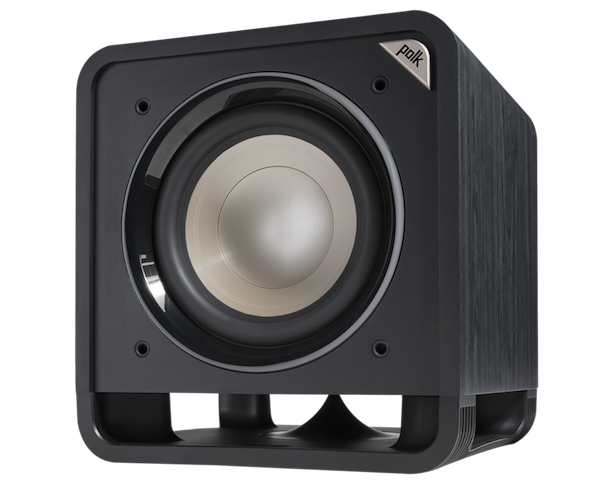Should I Use My Subwoofer’s LFE or Line Input Connections?

Q I have a Yamaha RX-A880 A/V receiver and a Polk Audio HTS-10 subwoofer. Can I connect the AVR's dual subwoofer outputs to the sub’s left/right Line In inputs instead of using its LFE input? Also, is there any benefit to connecting both the AVR’s subwoofer outputs to the HTS-10's LFE input using a Y-cable? —Power Bass / via email
A The specific connections you make between your A/V receiver and subwoofer will depend on whether you want to use the built-in crossover in the AVR or the subwoofer, respectively.
When using an AVR’s built-in crossover—the most common scenario—its subwoofer output connection sends a low-pass filtered signal derived from the main speaker channels plus LFE information to the subwoofer. With this configuration, you typically use the AVR’s speaker setup menu to select the Small Size option for all main speakers and connect a cable between its subwoofer output and the subwoofer’s LFE input. Note that the dual LFE outputs on AVRs are intended for use with setups that feature two subwoofers, so there’s no benefit to using a Y-cable to combine both outputs for connection to your single sub’s LFE input.

When using the subwoofer’s built-in crossover—the less common scenario—you connect cables from the AVR’s preamp outputs to send full-range signals to the subwoofer’s left/right Line In inputs. With this configuration, you'll use the subwoofer’s Low Pass dial to set the upper bass cutoff, which will determine the range of bass frequencies that the subwoofer reproduces (typically set to 80 Hz in most speaker configurations).
- Log in or register to post comments






























































